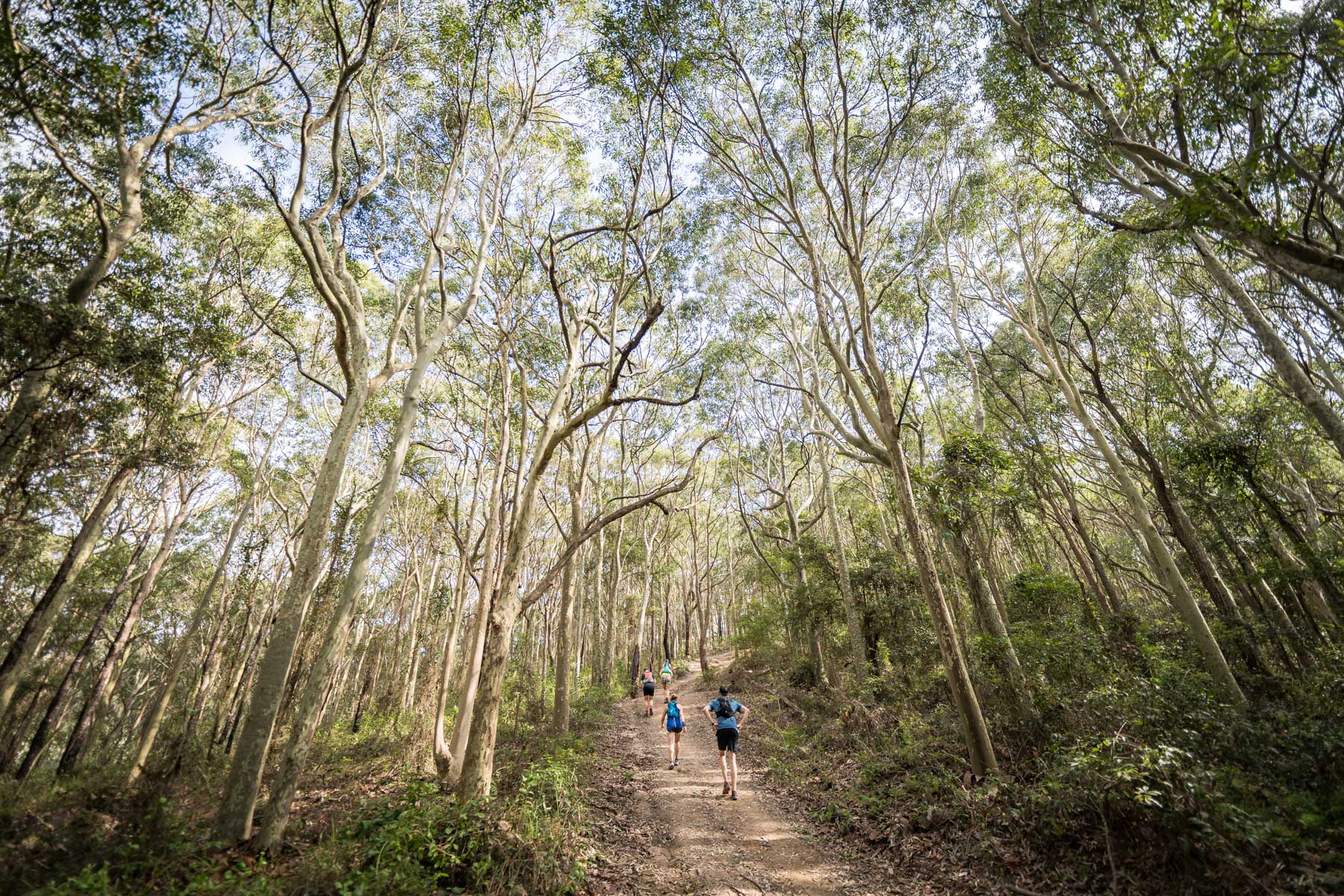HOW TO TRAIN FOR THE COASTAL ASCENT ELEVATION
By Vlad Shatrov
It’s no secret that the Coastal Ascent course is challenging, but thats definitely a part of the reason people sign up and run this event.
This particular course has you running into and around the Glenrock National Park which is located just south of Merewether beach in Newcastle.
In terms of trail terrain it has plenty to offer including flowing fire trails, single track, technical terrain, sand, rocky coastal shorelines, some footpaths and ovals and HILLS.
There are 7 main hills in the 25km event alone and just under 800 metres of elevation gain, so it’s a course that will take your breath away and also your legs — unless you have trained well for the hills.
Lé Bent team trail runner and Runlab Coach Vlad Shatrov has put together these training recommendations that will improve your ability to cover hilly courses. Vlad also happens to be the Coastal Ascent race director, so he knows a thing or two about the course!

One of the many hills that litter the Coastal Ascent course.
Firstly, if you are relatively new to trail running or just running in general, the best thing you can do is gradually increase your overall running volume to a sustainable level to fit your lifestyle, mix up the intensity of your weekly runs and include a sound gym strength routine.
Your gym work should specifically includes a focus on improving your core strength and functional and single sided leg strengthening exercises. Make sure the last 7-10 days before you take on the event are relatively easy.

Now if your a serious runner, or someone thats been training for a little while and is really looking for training tips to take your running ability to the next level — particularly how to take on a hilly course like the Coastal Ascent — this is what I would recommend.
Recommended Hill Training Techniques
1. Challenge yourself in your harder workouts.
Sure a majority of run training should be done relatively comfortably, but when it’s time for a solid session it's important to push hard.
2. Include a functional leg strength session weekly into your training.
Just make sure this isn't the day before you do a harder run.
I like doing 20 minute sessions the same day as my long runs (after the run, later in the day). I program 50-60 minute strength sessions for my runners but there is really only about 20 minutes of the workout which is strength specific.
3. Practice hill repeats within some weeks of your training.
It’s also important to be able to handle the load of running downhill too. That’s where relevant hill sessions and gym strength sessions play a key role, these will allow you to run up or down hills (or walk the really steep hills which is totally acceptable) but ensure you aren't too fatigued over the remainder of the race.

One of my favorite running workouts for hills:
I run a circuit that includes some short hills and is approximately 1.2km - 1.6km long, with the last 400 metres being relatively flat and therefore, very runnable.
After a good warmup, I will run these efforts hard but especially focus on running the shorter hills steadily with smaller steps before increasing leg turnover and running the last 400 metres fast.
I have about 2 minutes recovery between reps and ideally will run the circuit between five and six times.

Vlad's pins give the impression he doesn't skip leg day in the gym... and neither should you!
One of my favorite strength workouts for hills:
One of the most beneficial leg strength training tips for improved hill running is to focus on endurance. I.e. lots of reps in 30 seconds with relatively light weight or sometimes even no weight.
These should be done one leg at a time. It’s also important to include some core and stability exercises to mix up the training as these are the key powerhouse hill running muscle groups.

You can check out a comprehensive training program for the Coastal Ascent, including the Lé Bent 50km over on the Coastal Ascent website.




















